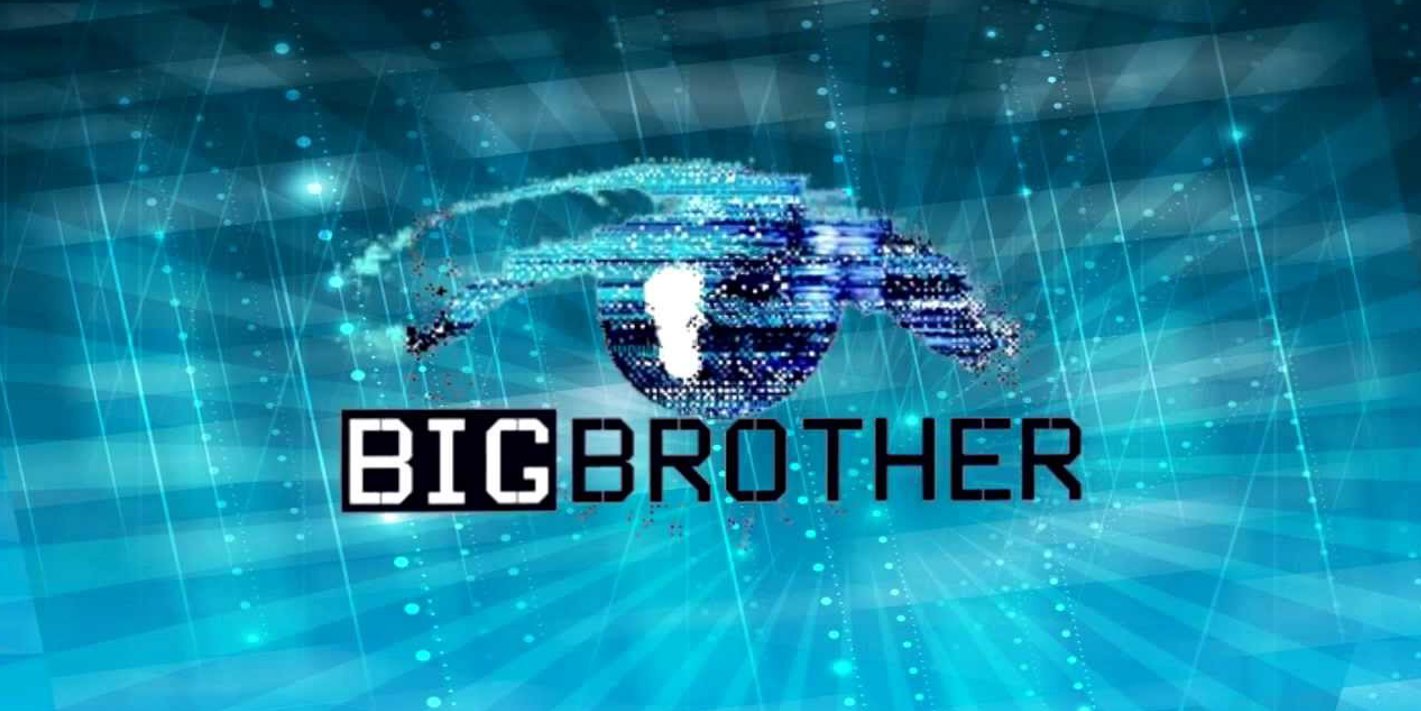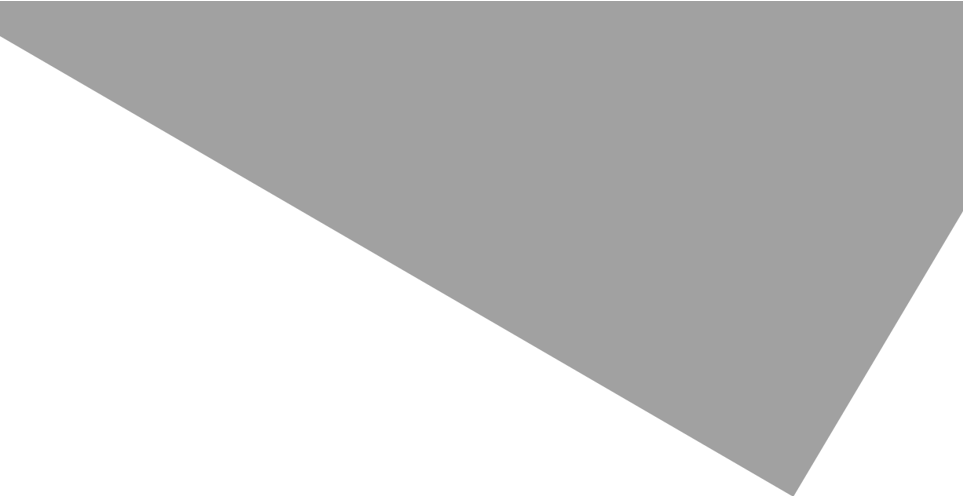Big Brother’s webcam
Internet snooping
WHO has the world’s biggest collection of internet pornography? … No-one knows for sure, but after today Goverment Communications Headquarters (GCHQ; Britain’s signals-intelligence service) must be one of the contenders. The Guardian newspaper has just published the latest story gleaned from documents leaked by the American ex-spy Edward Snowden. It describes a GCHQ program called «Optic Nerve», which indiscriminately hoovered up still images from the webcams of those using Yahoo’s video-chat service.
Вернуться на Главную
As usual, the scale of the intercepts is breathtaking: in six months in 2008, the spooks gathered pictures from 1.8m Yahoo users, the vast majority of whom were not suspected of any sort of wrongdoing. Thanks to a mix of legal worries and hardware limitations, the system did not (or does not, it is not clear if it is still running) save entire video-streams. Instead, it takes a snapshot every five minutes and stores that.
It seems that the spies used the resulting images as a sort of digital mugshot collection, and also to experiment with automatic facial-recognition technology (presumably similar to the sort that Facebook uses to spot its users in pictures they upload). But they may have got more than they bargained for. Between 3% and 11% of the images harvested by the system contains what GCHQ describes as «undesirable nudity» (as opposed, presumably, to the desirable sort). A good deal of this is professional webcam-based porn, something which seemed to surprise the innocent-minded spooks:
«Unfortunately … it would appear that a surprising number of people use webcam conversations to show intimate parts of their body to the other person. Also, the fact that the Yahoo software allows more than one person to view a webcam stream without necessarily sending a reciprocal stream means that it appears sometimes to be used for broadcasting pornography.»
But some of the nude images are likely to be non-commercial, and intended to be private; intimate communications, in other words, between couples doing the video equivalent of sexting. The slides describe the agency’s attempts to keep its staff from spending too much time with the titillating images. One approach is to block images consisting mostly of flesh tones. The problem, of course, is that many video chats show a large picture of a person’s face, which will confuse the filters. The eventual (and still imperfect) solution was to combine these filters with the aforementioned facial-recognition technology, the idea being that any image with plenty of fleshy tones but no discernible face stands a good chance of being racy.
Civil liberties types often worry that the sorts of stories that arise from Edward Snowden’s leaks are too abstract for the public to take seriously. But the thought that a national spy agency has still images of millions of innocent people, both its citizens and foreigners, each tagged by facial-recognition software, is both creepy and concrete. This story could be a gift to the organisations lobbying to restrict the spies’ powers, particularly in Britain, where complaints about surveillance have been muted. The fact that many of the images might be compromising only adds to the sense of discomfort.
It is interesting to think about the legal implications, too. For it is unlikely that all of the nude images were taken by consenting adults, as the science-fiction writer Charlie Stross points out:
“GCHQ is not a law enforcement agency but part of the defense establishment, and the UK has one of the most draconian child pornography laws in the developed world. Possession of child pornography images is a strict liability offence — intent has no bearing. Only a handful of categories of people are permitted to possess this material: police investigating a crime, some forensics specialists, lawyers and judges and other people involved in a trial. GCHQ personnel stumbling across images of child abuse could be committing a criminal offence. And possession or dissemination of indecent material (pornographic but not criminal stuff) on government computers? Oh dear, the mind boggles.”
It’s worth noting that, according to the Guardian piece, GCHQ explicitly decided to develop the system first, and then worry about its legality (or otherwise) later.
For its part, Yahoo has angrily denied all knowledge of Optic Nerve’s existence, suggesting that …




































